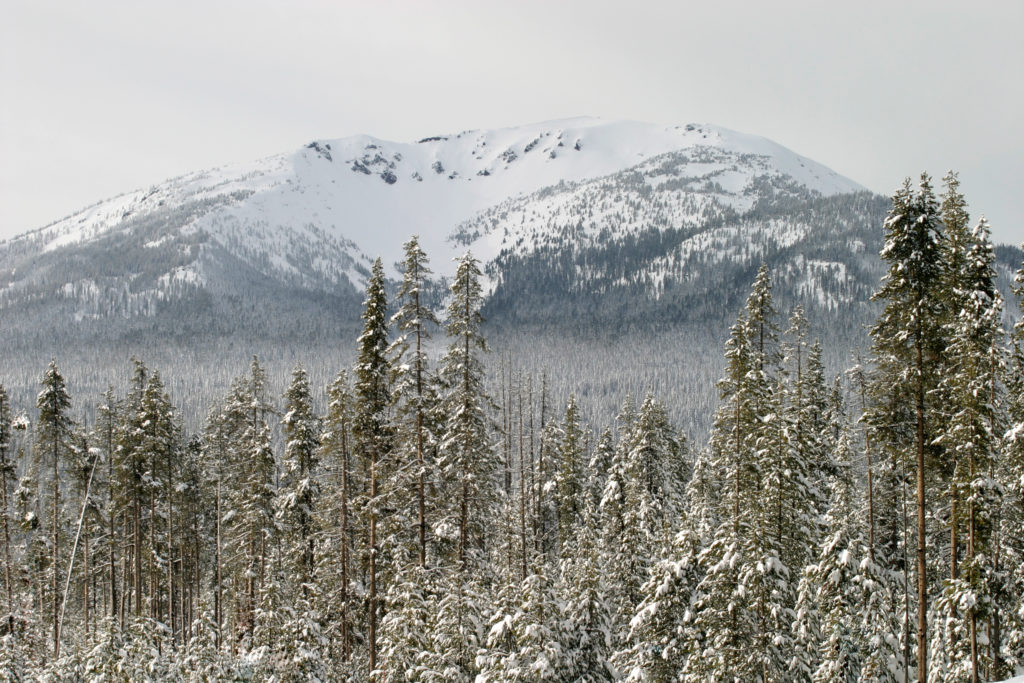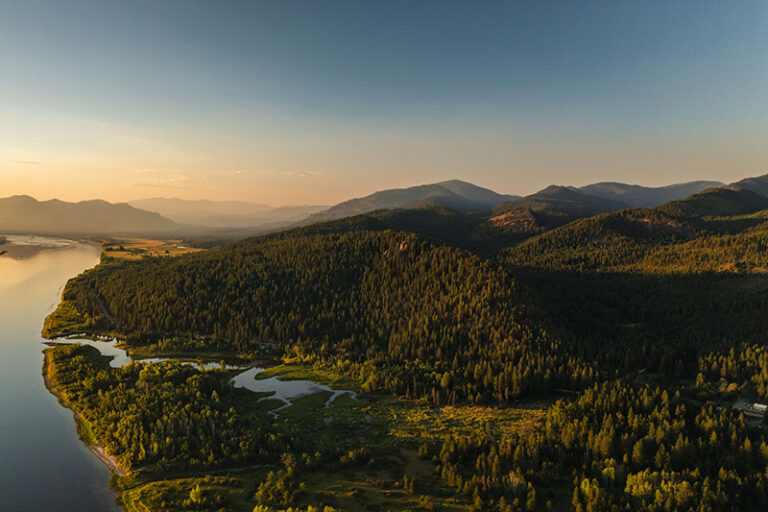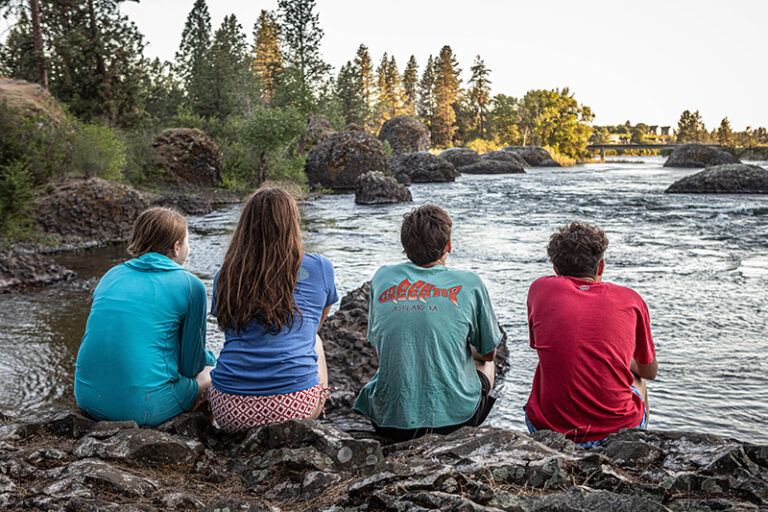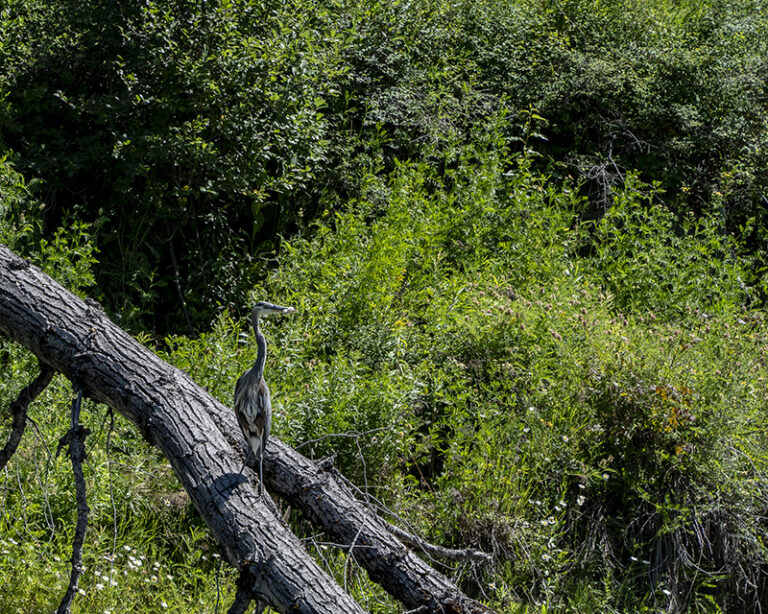By Chris Gabrielli
They say morale is soluble in water. It turns out that its also soluble in snowstorms, waning light, tired legs, and lost souls.
We had been lost for nearly two hours and daylight was fading. I couldn’t believe this was actually happening; but, to be honest, I was kind of excited about it. We were truly lost, and it was going exactly as they said it would.
Skiing off the flanks of Mount Bailey in Central Oregon, three of us had split from the main group of nearly 20. The grin-producing powder stashes had lured us further down the mountain’s flanks with each turn. When we grouped up at the bottom—an obvious flat treed zone—we were in unknown territory, but our internal compasses all agreed on a similar direction back to the hut. As we transitioned to walk mode, the snowfall intensified. We were in a proper mountain storm at this point Yet fully stoked on a great 3,000-foot ski line, good conditions, and the promise of a warm dry hut with whiskey and grub waiting to greet us, we welcomed the deepening snowflakes.
I started cutting a trail towards home. Downed trees, micro terrain and little clearings all pushed us one way or another, but we felt our general trajectory remained true. 30 minutes passed and I was relieved to hit an old skin track. Not only did it confirm we were on course, but I could now switch my brain off and mindlessly plod back to the hut. That was, until the hut never materialized. The skin track ended at a packed out area where three ski tracks came together. Someone had transitioned here, and that someone had been us. We had unknowingly skinned a large circle in the woods, returning to our own tracks and then back to our own transition spot. It was no doubt a “holy shit” moment. I had heard that humans often do this when lost—walk in large circles—but to have actually done it ourselves was amazing.

Still largely unphased, we turned ourselves and once again took off in the direction we deemed would bring us home. We peeled off our first skin track a little ways down, convinced we had identified how we had initially gone off course. This time we talked out directions and came to a group consensus on how to move forward. I was quietly proud at how we were handling ourselves. The teamwork appeared effective. It provided a small dose of comradery, kept each member engaged, and encouraged everyone to participate in decision making. That is, of course, until it happened again. Coming upon another skin track we chose our direction and moved forward, but then we came to an intersection. OUR intersection, the one we had created when we had circled back on our own tracks the first time. How did we do it again?
Desperation crept into the group. We went over our emergency gear; fortunately, we could spend a night out if needed. We had shovels for a snow cave, two emergency bivys, extra layers, and, critically, a lighter to start a fire.
Trying to reassert some control of our situation, I began to throw logic at it. I had us draw our mental maps in the snow. I thought this would produce the needed “ah-hah” moment that would solidify our return to the hut.
We took off again. 30 more minutes passed and the final blow was delivered. We had walked a third circle in the woods. The Bermuda Triangle of Bailey was toiling with our psyche and testing our rational decision-making.
Nearly four hours after setting off from the bottom of our ski line we finally arrived back to the hut—cold, wet, and hungry, but ultimately no worse for the wear. Desperate after the third circle, we decided to skin uphill following our fading ski tracks. 2,000 feet of climbing led us to our original uptrack from earlier in the day and promised a lifeline to the hut.













